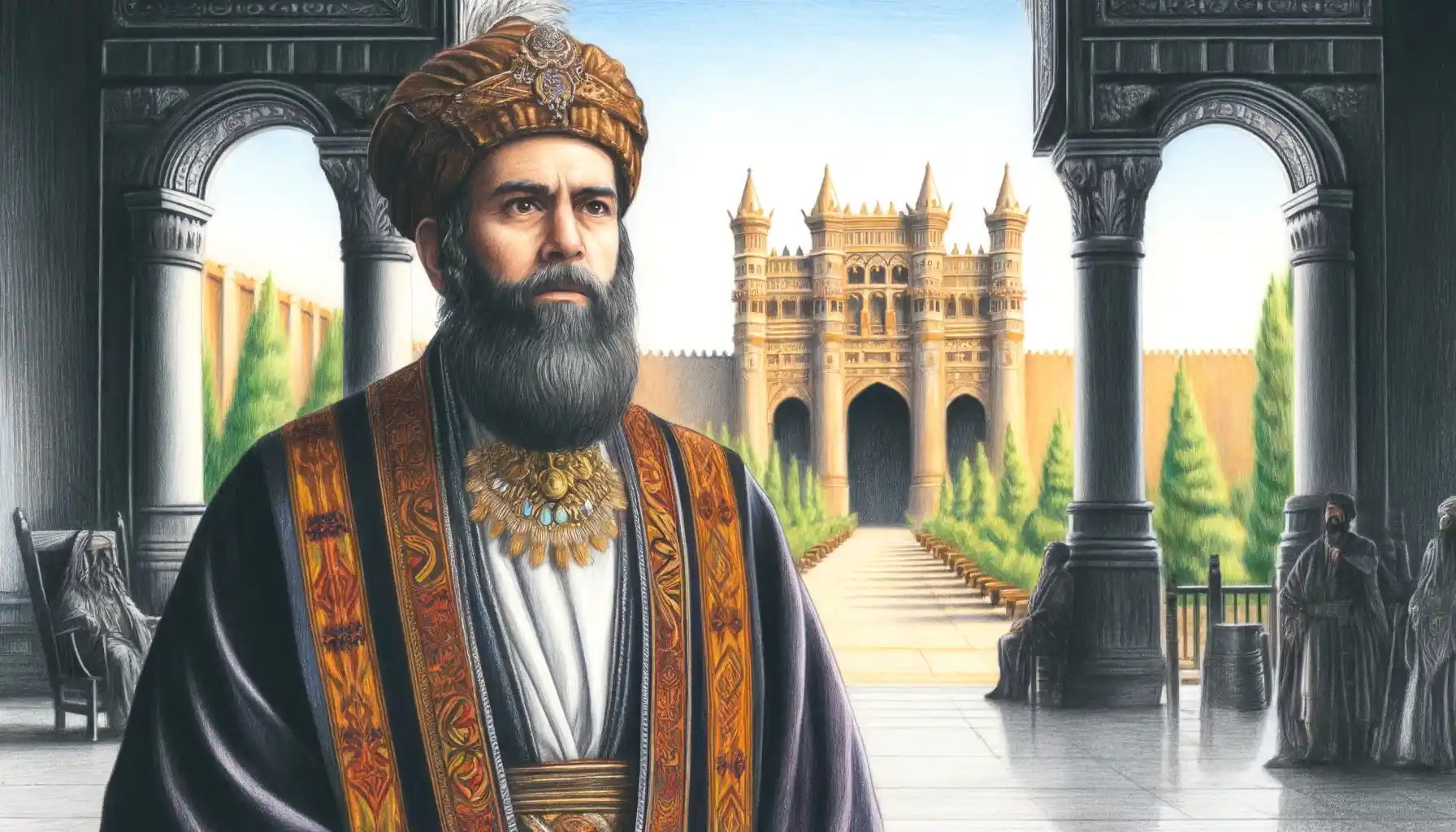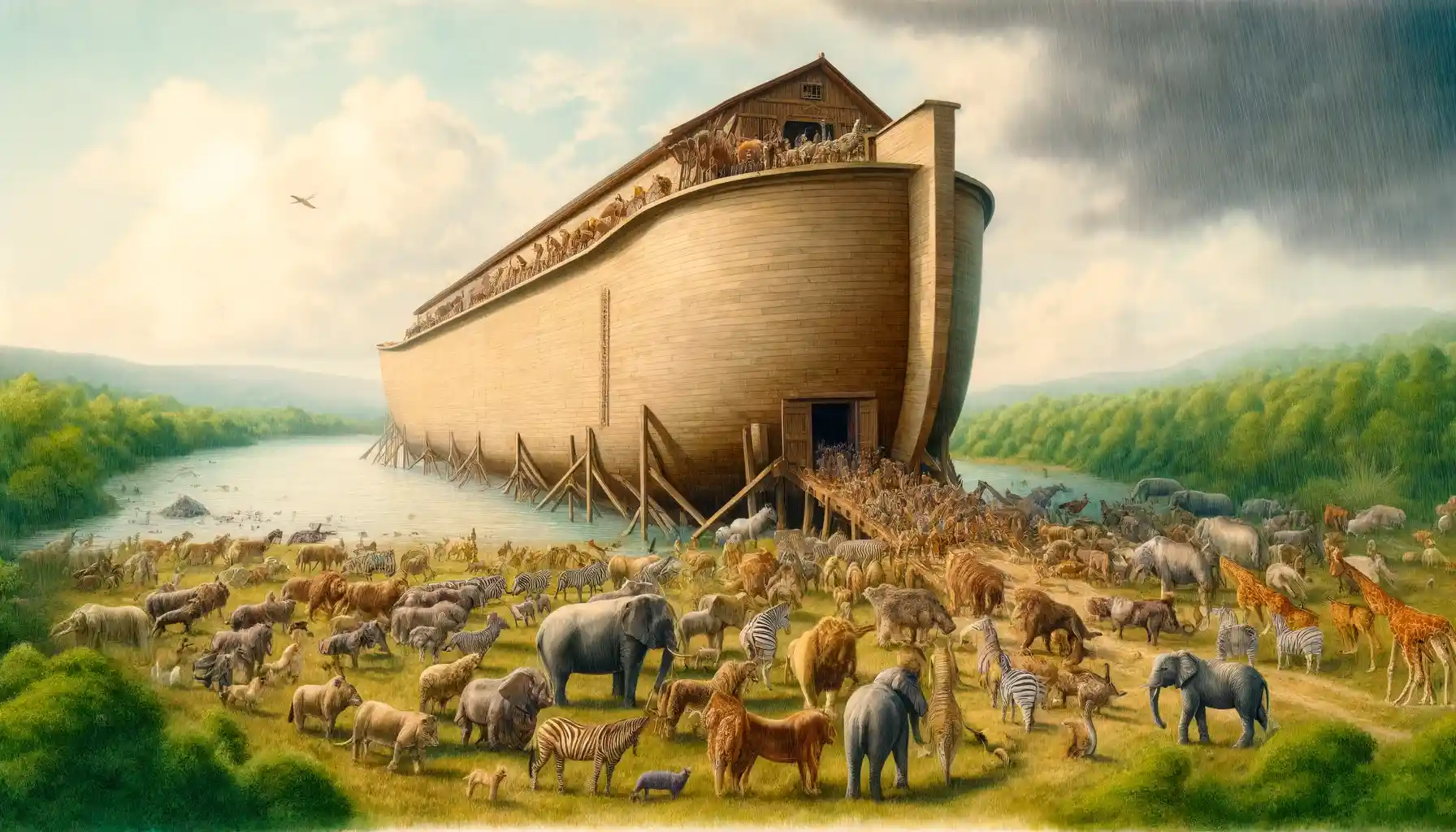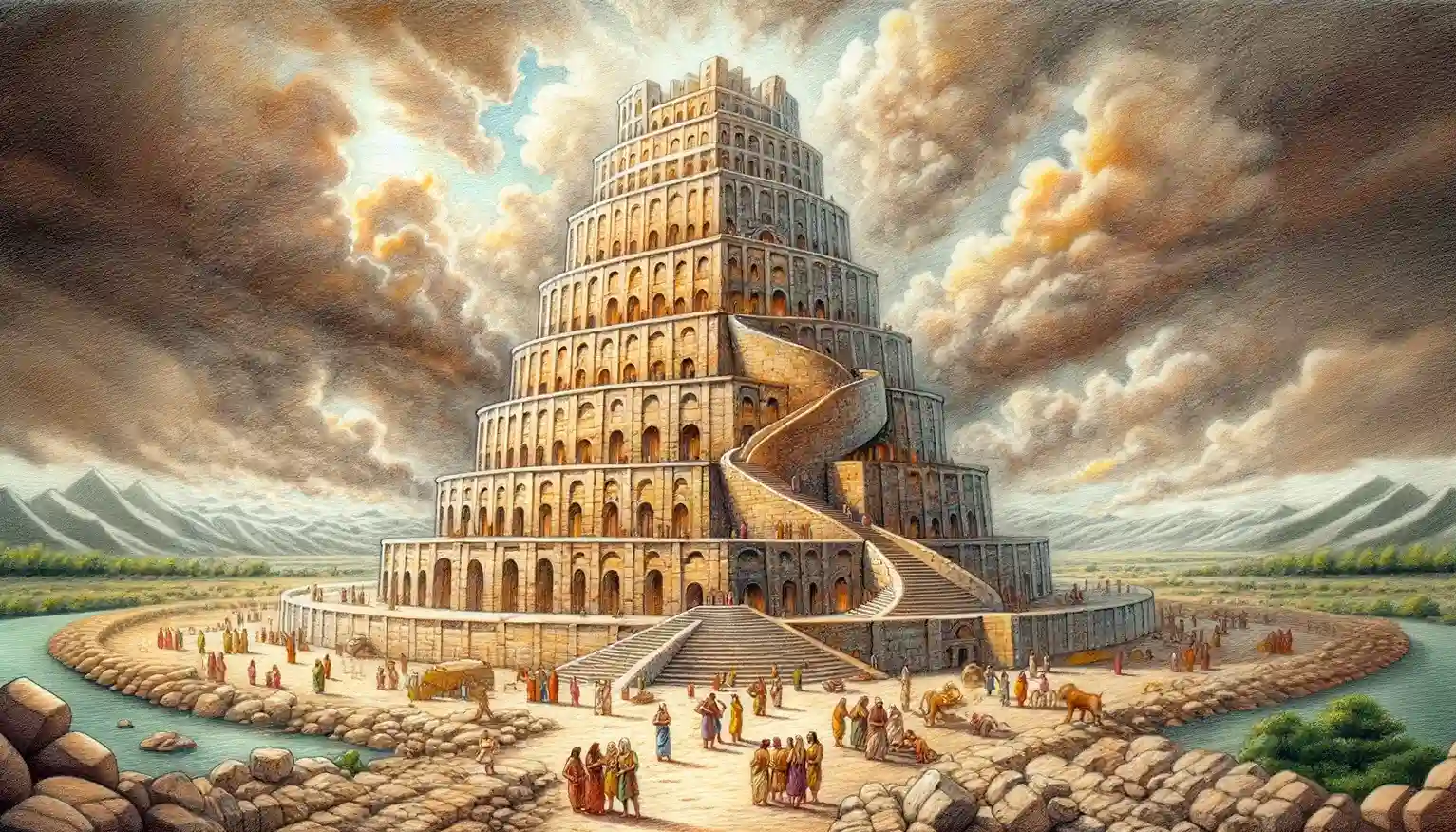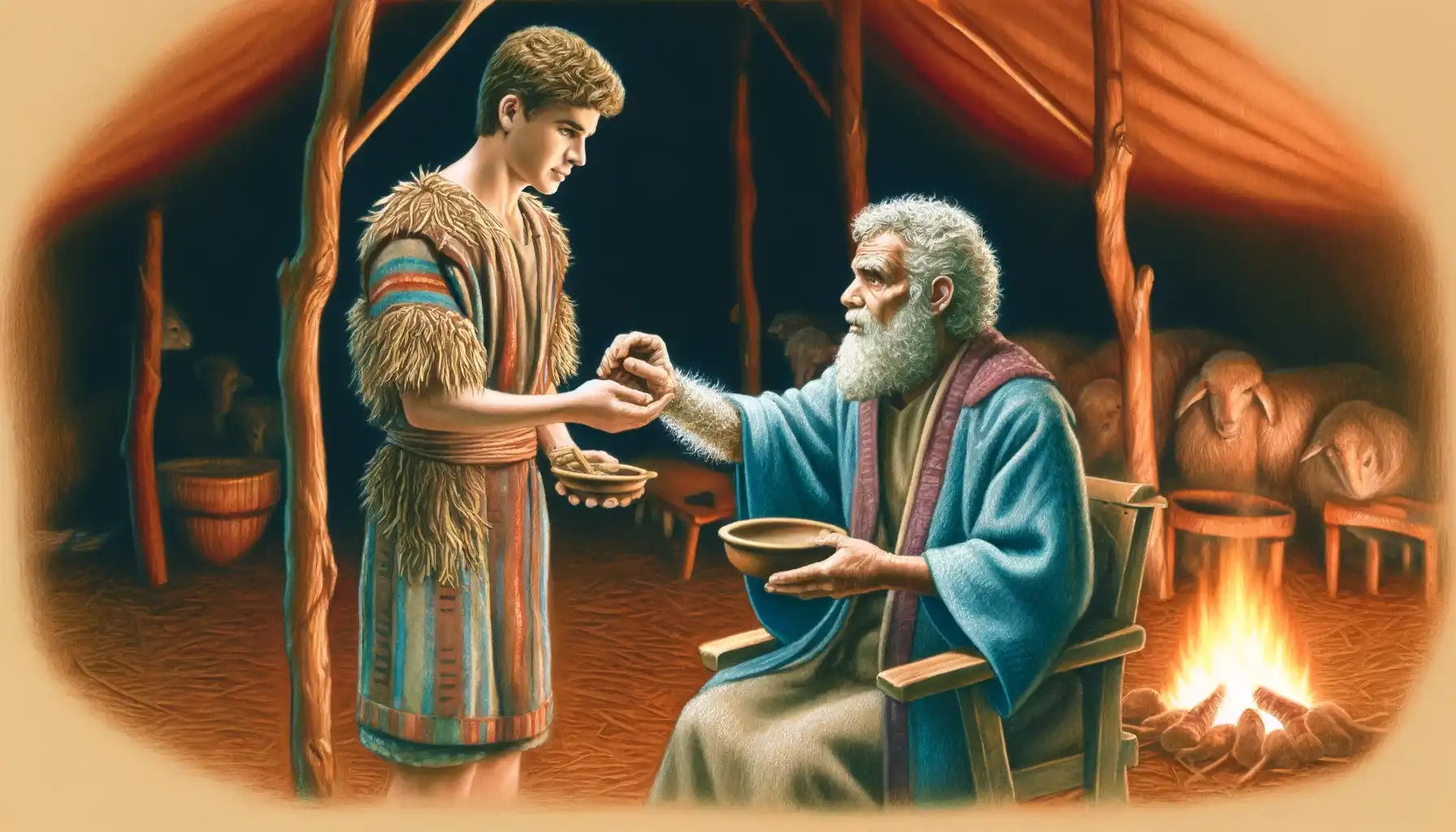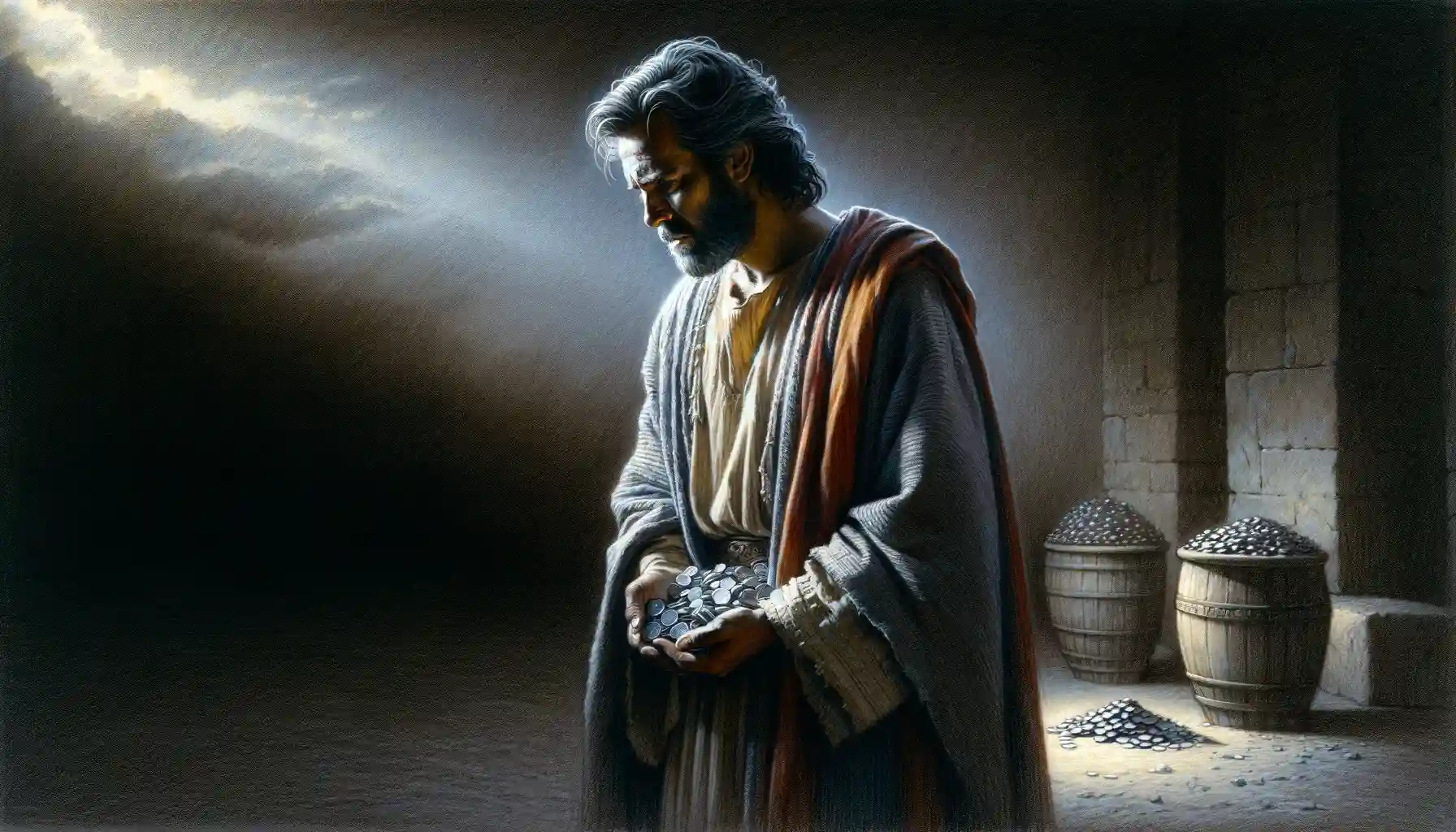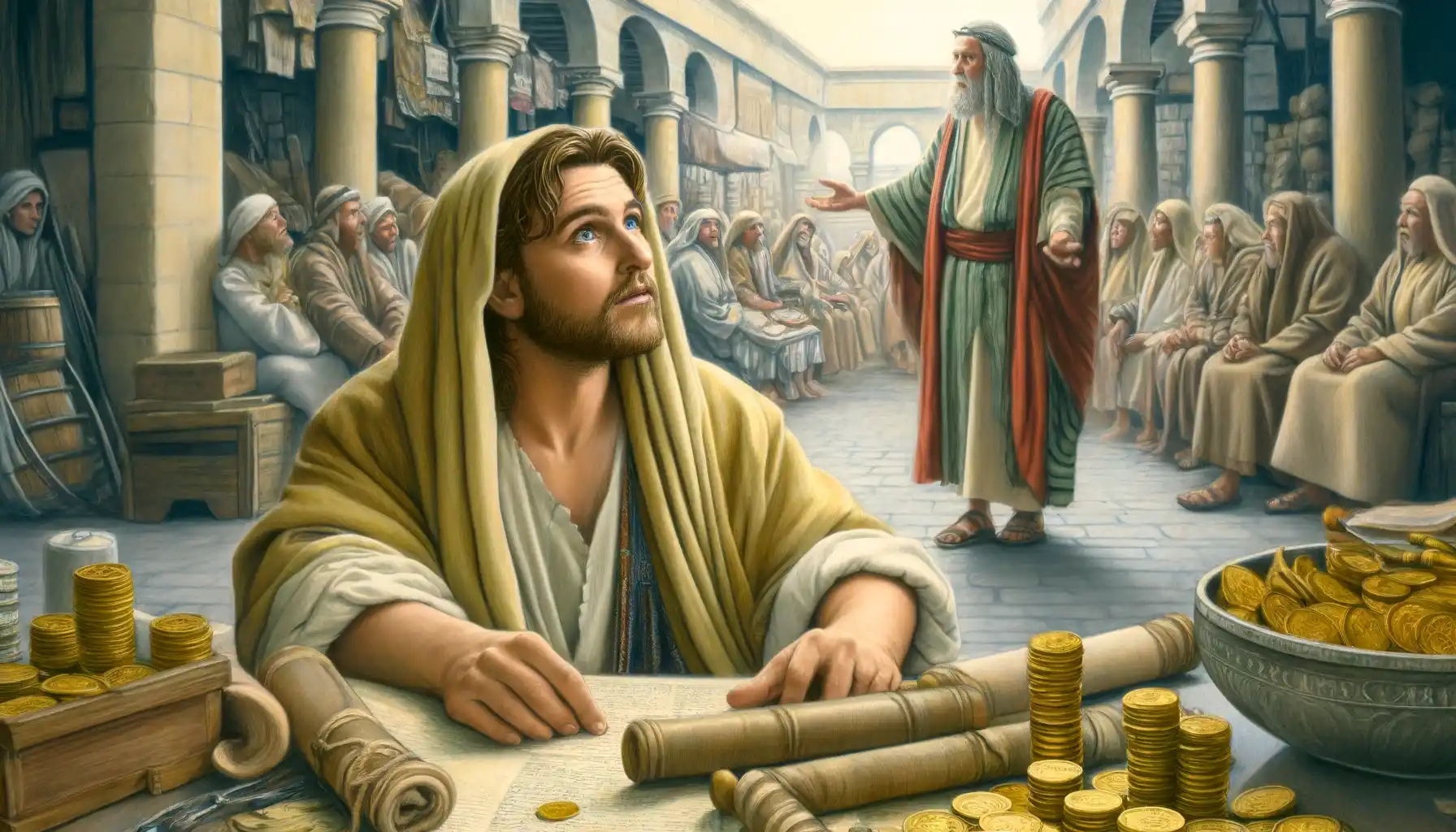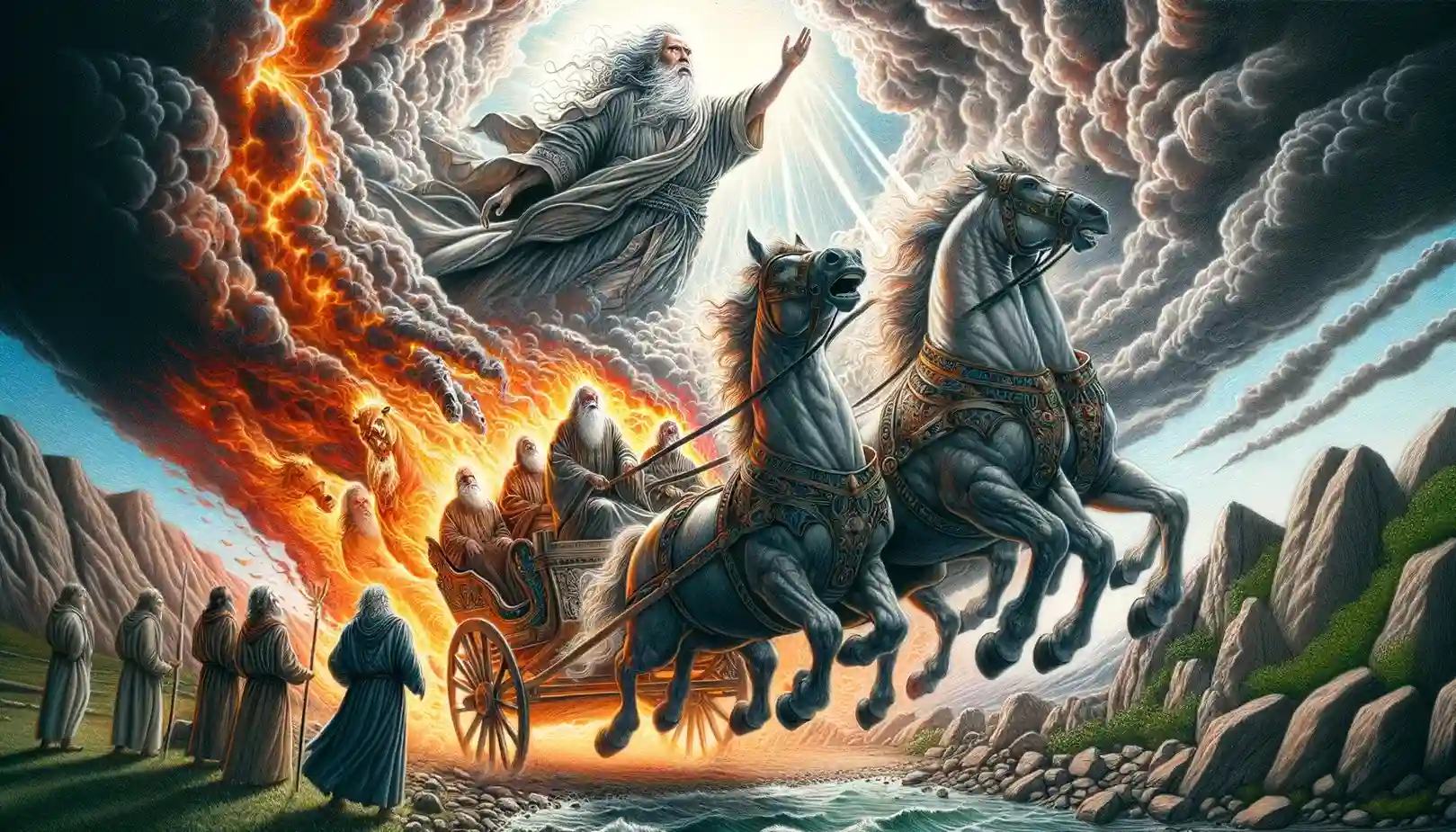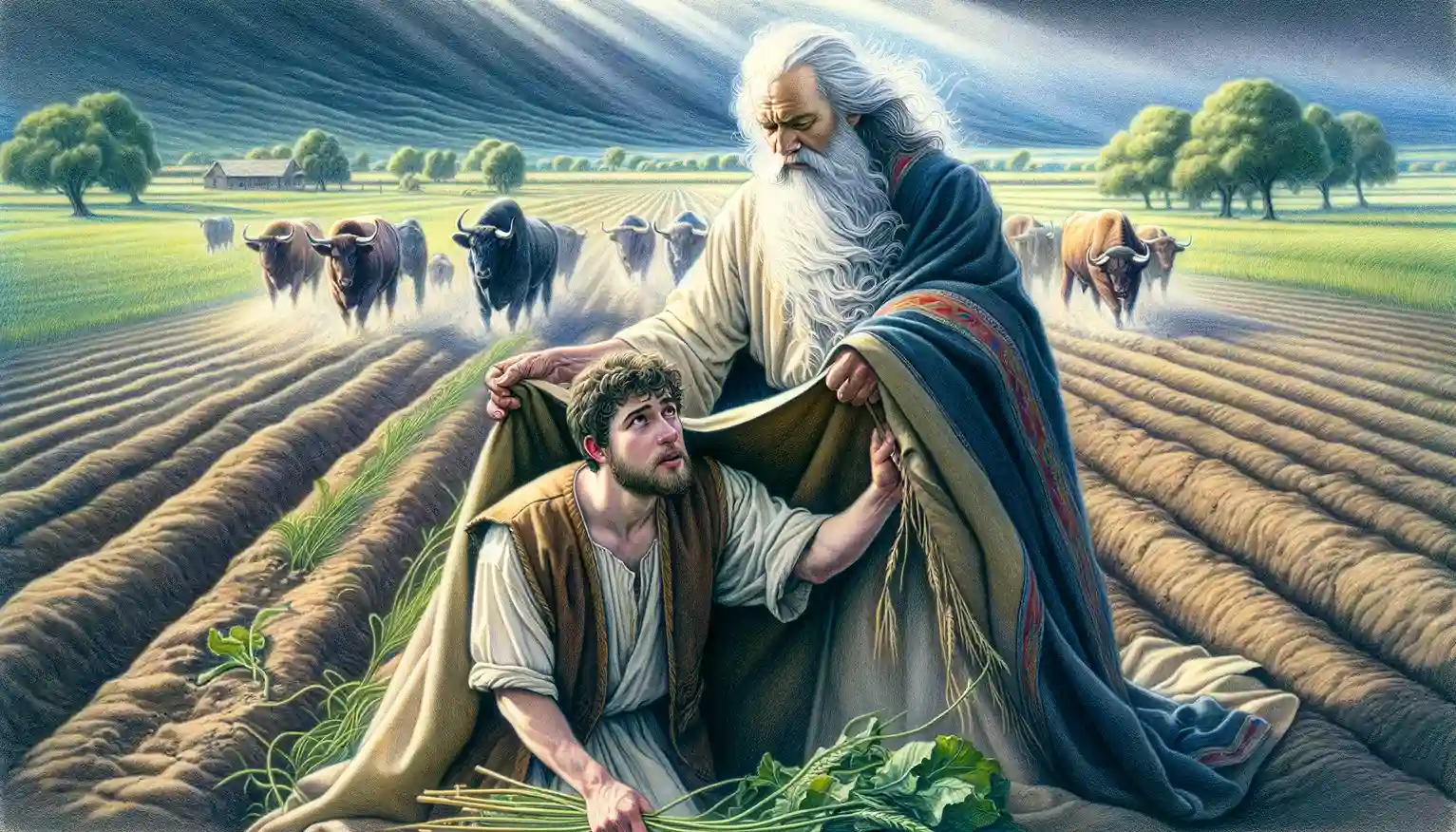Esther, the Jewish queen of Persia, displayed remarkable bravery and faith by risking her life to save her people from extermination, leading to the establishment of the festival of Purim.
Mordecai, a key figure in the Book of Esther, was a Jewish leader who helped save his people from annihilation through his bravery, wisdom, and the influence of his cousin Esther, leading to the establishment of the festival of Purim.
In the biblical narrative of Noah’s Ark and the Flood, detailed in Genesis chapters 6 through 9, God decides to cleanse the earth of its pervasive wickedness by sending a catastrophic flood, sparing only Noah, a righteous man, his family, and representative animal species who survive in a divinely instructed ark, leading to a renewed covenant symbolized by a rainbow.
The story of the Tower of Babel explains the origins of multiple languages and the dispersion of peoples across the world. It serves as a narrative on human pride and the limits of human ambition, as well as the divine prerogative to intervene in human affairs.
The first three words of the Bible are “In the beginning.” These words open the Book of Genesis and set the stage for the biblical narrative of creation. They introduce the concept of a divine origin to the universe, emphasizing that everything was initiated by God’s sovereign act. “In the beginning” signifies the start of time and the cosmos, marking the moment when God created the heavens and the earth. This foundational phrase underscores the Bible’s overarching theme of God’s supremacy and the intentional design of the world and life within it.
Jacob deceived Isaac by pretending to be his brother Esau. He wore Esau’s clothes and placed goatskins on his arms and neck to mimic Esau’s hairy skin. With the help of his mother, Rebekah, Jacob brought Isaac food, seeking his blessing. Isaac, who was old and blind, was tricked into giving Jacob the blessing meant for Esau.
Judas Iscariot, one of the Twelve Apostles, is notoriously known for betraying Jesus Christ to the Roman authorities for thirty pieces of silver, an act marked by the infamous “kiss of Judas” in the Garden of Gethsemane, leading to profound consequences including his own remorse and subsequent suicide, embodying themes of betrayal and human failing within the Christian narrative.
Matthew, also known as Levi, was originally a tax collector before heeding Jesus’s call to “Follow me,” leading to his immediate departure from his previous life and his transformation into one of the Twelve Apostles, demonstrating the inclusive nature of Jesus’s ministry. Traditionally credited as the author of the first Gospel, Matthew’s writings are characterized by their structured thematic approach and emphasis on Jesus as the fulfillment of Old Testament prophecies, aimed at a Jewish Christian audience. His Gospel, which includes detailed teachings such as the Sermon on the Mount, highlights themes like righteousness, the kingdom of heaven, and the universality of Jesus’s message, resonating with both Jews and Gentiles. Venerated as a saint, Matthew’s legacy extends to being the patron of accountants, bankers, and tax collectors, with his life story embodying profound themes of conversion, discipleship, and the transformative power of divine grace.
Elijah’s ascension to heaven in 2 Kings 2:11, marked by a whirlwind and preceded by the appearance of a chariot and horses of fire, signifies his special status among prophets through a unique and dramatic departure, underscoring divine approval of his ministry and foreshadowing the continuation of prophetic power and authority through his successor, Elisha.
In 1 Kings 19:19-21, Elijah, following divine instructions, calls Elisha to succeed him by placing his mantle on him while he is plowing in the fields, a gesture that Elisha responds to by sacrificing his oxen and burning his plowing equipment, symbolizing his total commitment to the prophetic mission and marking a pivotal transition in the continuity of prophetic leadership in Israel.


